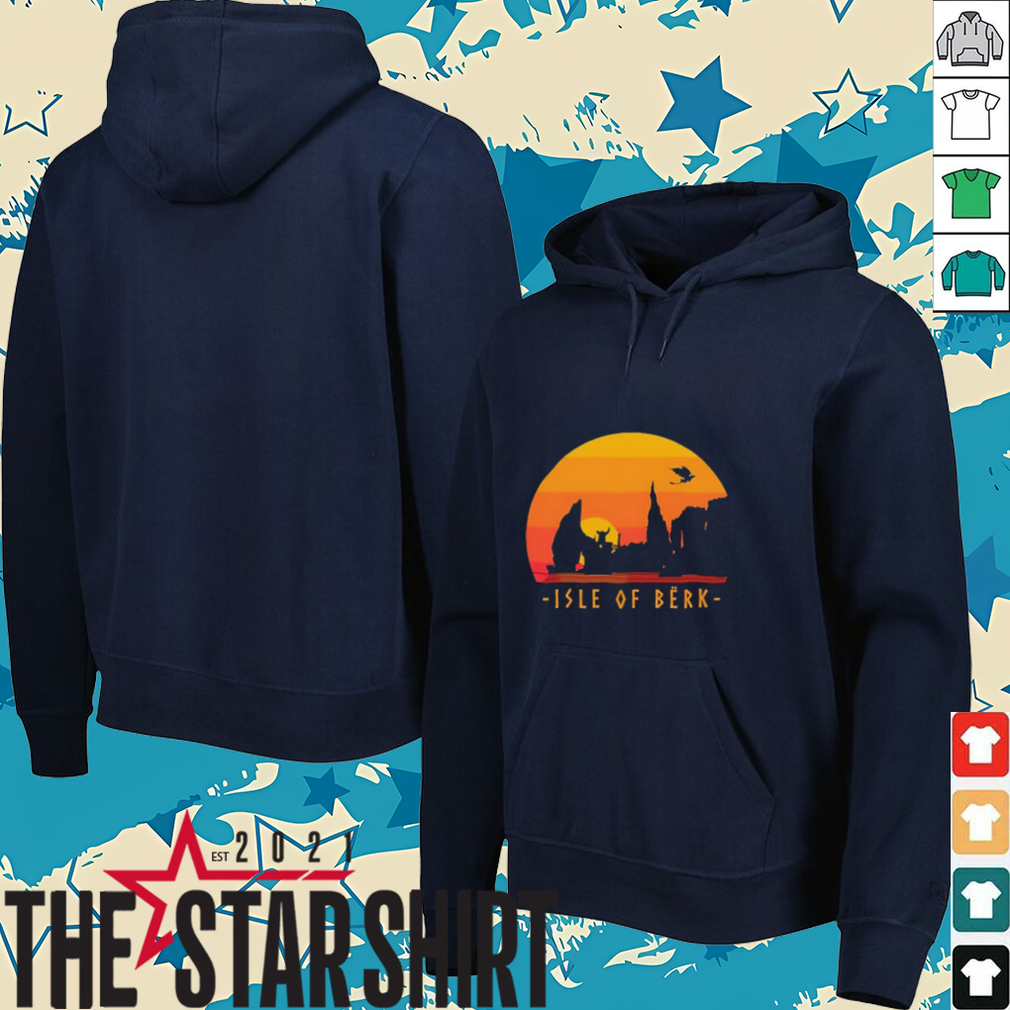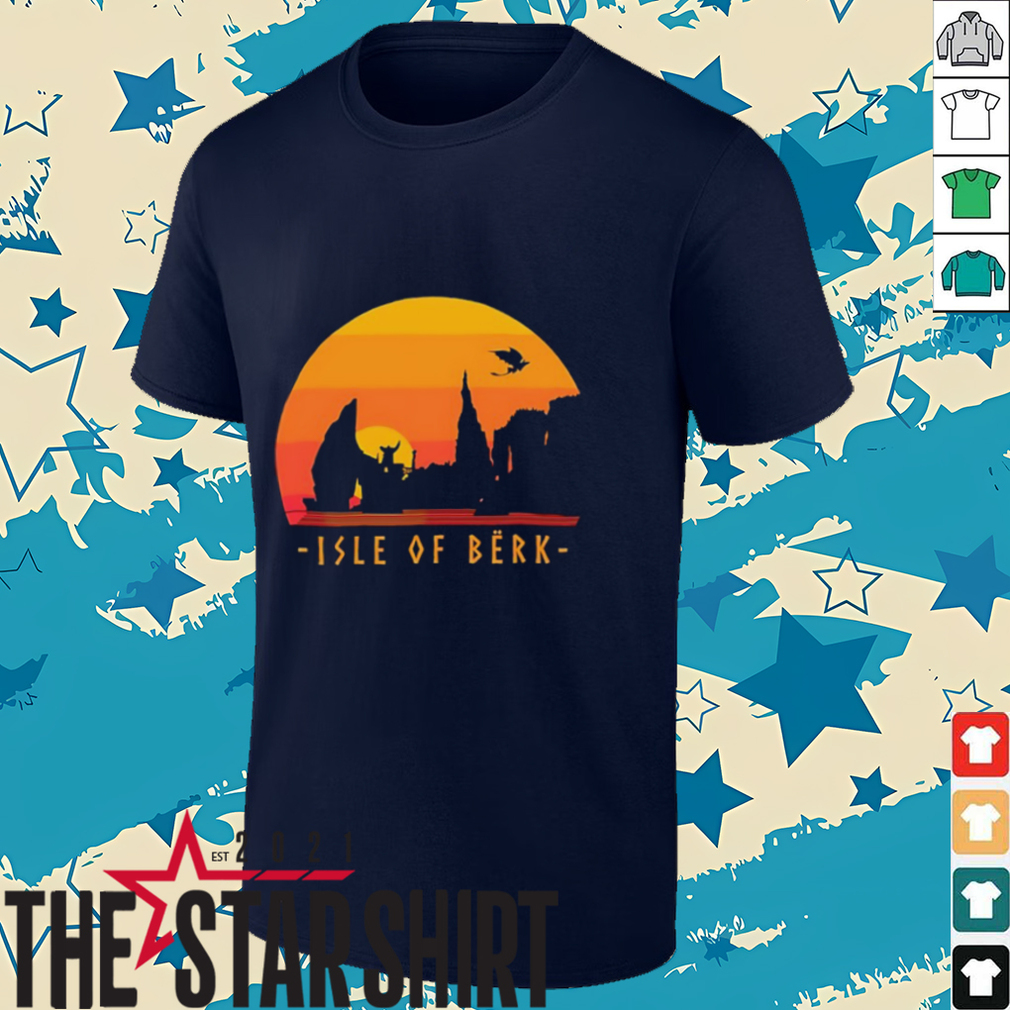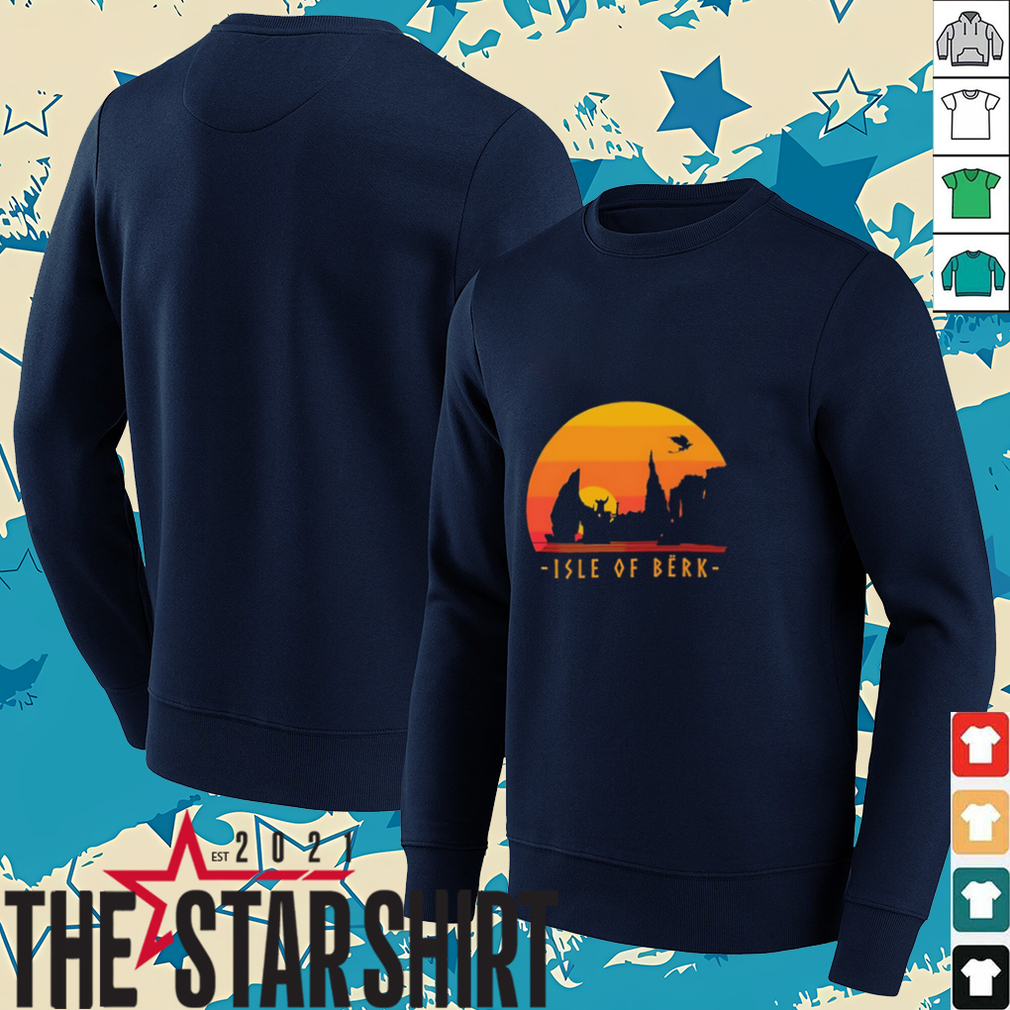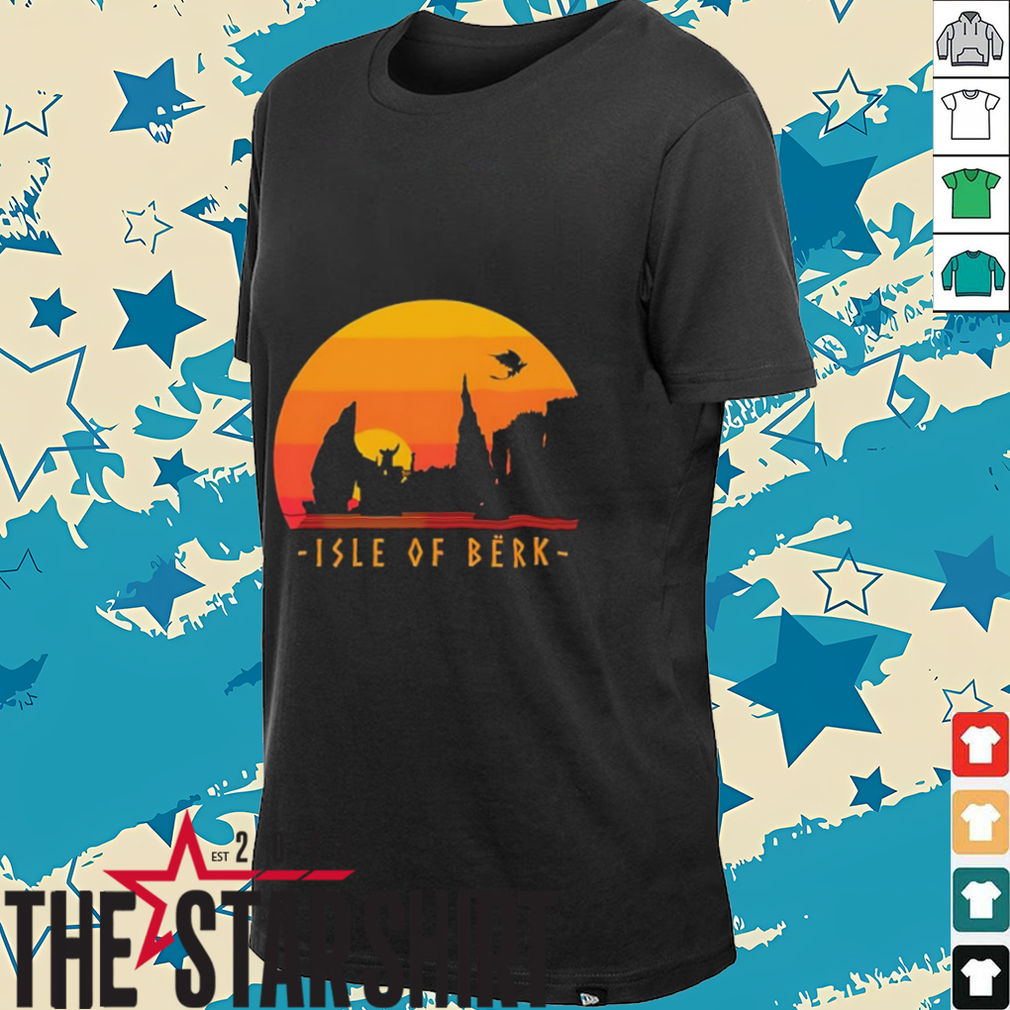Journey Back to the “Isle of Berk”: A Retro Shirt for True Fans
The “Isle of Berk retro shirt” is a delightful tribute to the beloved world of DreamWorks’ “How to Train Your Dragon” franchise. This shirt specifically harks back to the classic aesthetic and early charm of the series, focusing on the iconic “Isle of Berk” – the rugged, yet ultimately heartwarming, home of Hiccup, Toothless, and the entire Viking community. The **Isle of Berk** is a prominent entity in the “How to Train Your Dragon” universe, serving as the central setting for much of the films, TV series, and even the new Universal Epic Universe theme park (Source: Universal Orlando Resort, How to Train Your Dragon Wiki). The term “retro shirt” immediately signals a vintage style, appealing to fans who appreciate the original look and feel of the franchise, perhaps from its initial film release in 2010. This unique attribute of a retro design offers a nostalgic connection to the early days of dragon training. My personal commentary: There’s something incredibly comforting about a design that takes you back to the roots of a beloved story. This shirt doesn’t just show fandom; it evokes a feeling of original wonder. But what elements make the Isle of Berk so iconic, what specific moments does this “retro” style evoke, and why does this fictional island continue to capture the hearts of fans worldwide?
The Iconic “Isle of Berk”: Home of Vikings and Dragons
The “Isle of Berk” is more than just a location; it’s a character in itself within the “How to Train Your Dragon” saga. Initially depicted as a harsh, dragon-plagued island, it transforms into a harmonious sanctuary where Vikings and dragons coexist, largely thanks to Hiccup and Toothless’s pioneering efforts (Source: “How to Train Your Dragon 2,” NBC.com). This evolution of the island, from a place of conflict to a symbol of unity, is a semantic keyword that resonates deeply with fans. The **retro shirt** design likely captures the rugged landscapes, the Viking architecture, and perhaps even early depictions of dragons and characters like Hiccup and Astrid. The recent opening of the “How to Train Your Dragon – Isle of Berk” land at Universal Epic Universe in 2025 serves as further social proof of the island’s enduring popularity and iconic status, with meticulous details bringing the animated world to life (Source: Orlando Informer, Tripster). If you like to zoom in this way, you can almost imagine the wind sweeping across Berk’s cliffs, carrying the calls of dragons.
“Retro Shirt”: Embracing the Nostalgia of Early Dragon Adventures
The “retro shirt” aspect of this design is a powerful appeal to nostalgia, a viral trigger for long-time enthusiasts of “How to Train Your Dragon.” It suggests a style reminiscent of early merchandise or concept art from the franchise’s inception, before its visual evolution through subsequent films and series. This could mean classic character poses, original typography, or a more hand-drawn, illustrative feel that was prominent in the animated film’s early promotional materials. Wearing such a shirt is an emotional risk for some, as it might appear “old-fashioned” to newer fans, but for dedicated followers, it’s a badge of honor, signifying their appreciation for the origins of the beloved story. It’s about remembering the first time you saw Toothless fly or heard Hiccup’s narration. This particular piece of apparel becomes a conversation starter, allowing fans to share their favorite early memories of Berk and its dragon inhabitants. For another shirt that embodies a classic, timeless feel, consider the Skull Pirate Shirt.
More Than Just Merch: A Connection to the World of Berk
A “Isle of Berk retro shirt” is more than just a piece of clothing; it’s a tangible connection to the rich lore and emotional depth of the “How to Train Your Dragon” universe. It celebrates the journey of Hiccup, a young Viking who defied tradition and proved that dragons could be understood and befriended. This unique narrative, centered on overcoming prejudice and forging unexpected bonds, is a powerful and unique attribute of the franchise that the shirt implicitly honors. Expert quotes often highlight how “How to Train Your Dragon” transcended typical animated films by focusing on complex character development and mature themes (Source: The Hollywood Reporter, film critics). My personal commentary: This shirt represents the spirit of adventure and acceptance that defines the entire series. It’s a wonderful way to carry a piece of that magical world with you. Here’s the part they didn’t tell you: for many fans, wearing this shirt is a subtle way to signal their shared love for a story that taught them about bravery, empathy, and the power of friendship.
Discover Your Inner Viking: Get Your “Isle of Berk Retro Shirt”!
If you’re a long-time admirer of the “How to Train Your Dragon” saga and yearn for a touch of nostalgia, the “Isle of Berk retro shirt” is calling your name. This shirt combines the timeless appeal of the “Isle of Berk” with a cool, vintage design, making it the perfect way to show your love for Hiccup, Toothless, and the entire dragon-filled world. Embrace the memories and the magic – get your “Isle of Berk retro shirt” today and wear your fandom with pride!
—
Follow-up Questions:
H3: Beyond the Shirt: Exploring the Enduring Legacy of the Isle of Berk
- What specific design elements or characters would you expect to see on an “Isle of Berk retro shirt” that would truly capture the essence of the franchise’s early days?
- How has the portrayal of the “Isle of Berk” evolved across the “How to Train Your Dragon” films, TV series, and new theme park attractions, and which iteration is your favorite?
- What are some lesser-known facts or behind-the-scenes stories about the creation of the Isle of Berk that would surprise even devoted fans?
- If you could spend a day on the Isle of Berk, what three activities would be at the top of your list, and which dragon would you choose as your companion?
- How has the concept of “training your dragon” on the Isle of Berk inspired real-world discussions about human-animal bonds or overcoming perceived differences?
“`






























